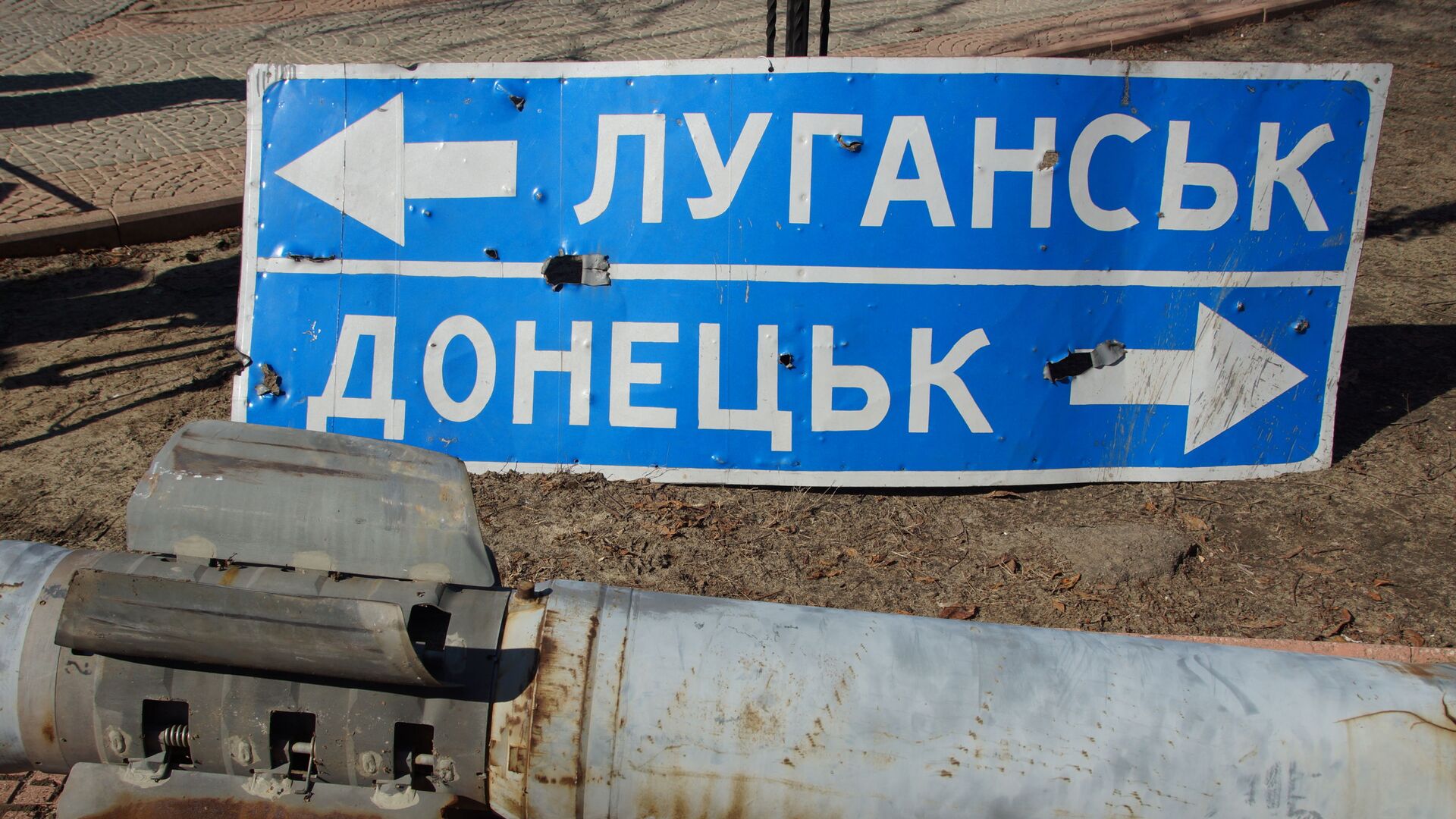By Stefan Brakus
The Ukrainian Counter-Offensive as of the 10th August 2023
Kharkiv Front
Russian forces have been making rapid gains in territory in the direction of the city of Kupyansk in the Kharkiv region. Western media outlets have largely ignored these significant Russian advances not because the former deem it unimportant, but rather due to the Western media’s desire to not cause damage to the moral of Ukraine and its Western allies. To damage moral with regards to the Kharkiv Front would be extremely harmful in the face of a situation in which the Russians could very well reverse their territorial losses from last year’s successful Ukrainian counter-offensive against the Russians in Kharkiv. Russia’s advances in this area have been so rapid, the Ukrainians have not been able to set up effective defensive positions in order to stall the Russians.
On the 10th August, local Ukrainian authorities have ordered the mandatory evacuation of over 12,000 civilians from the city of Kupyansk itself, as well as the towns and villages surrounding the city. The evacuations were ordered in anticipation of a renewed Russian offensive against the city. Evacuations are also being ordered due to increasing Russian shelling of the areas around Kupyansk. At the time of writing, local reports have also suggested that the Russians are only 6.5km away from Kupyansk, with reports of fighting already coming in from some settlements to the northeast of the city. According to Ukrainian Deputy Minister of Defence Hanna Maliar, the military situation in the Kupyansk area is being described as a “nightmare”. Considering how rare it is for Ukrainian officials to admit to severe operational difficulties on the frontline – preferring instead to retain public and military moral by making more encouraging statements – Maliar’s comments are telling of the situation around Kupyansk.
While it is naturally difficult to make any definitive predictions in this war, the sheer speed of Russia’s advances in the Kharkiv region could mean that all-out urban warfare in the villages and towns surrounding Kupyansk could be seen as early as next week. However, it is not yet known exactly how strong the Ukrainian defences are in and around the city itself.
Lugansk Front
While only a small piece of territory in the Lugansk region is being actively fought over, the administrative border between the Lugansk and Kharkiv regions continues to see fierce fighting. To the northwest and south of the villages of Tverdokhlibove and Novoyehorivka, respectively, the Ukrainian 25th Airborne Brigade and 32nd Mechanised Brigade have attempted to regroup in order to dig in and potentially launch their own counter-offensives eastwards against the advancing Russian forces. However, due to heavy Russian artillery bombardments, these attempts at regrouping have largely failed, leaving the defending Ukrainian forces in this area disorganised and suffering high casualties.
Donetsk Front
Over the past several weeks, the numerically superior Ukrainian forces – having been reinforced with fresh troops – have been gradually retaking territory on the northern and southern flanks of the city of Bakhmut which were previously held by Russian forces. However, despite initial successes and gains in reopening roads and supply lines for their own forces, the Ukrainians have since been stalled by the defending Russians, especially in the northern flank, where the operational situation remains stagnant for both sides.
On Bakhmut’s southern flank, the Ukrainian 5th Assault Brigade and the 22nd Mechanised Brigade have been pushing hard to retake the villages of Klishchiivka and Andriivka, respectively. Although these villages are small, the Russians have dug in hard and continue to repel every Ukrainian assault thus far. Exactly how long the Russians can hold off the Ukrainians in these two villages remains to be seen, but if the past week is any indicator, the fighting here will likely continue with great intensity and at an attritional level. The Ukrainians do have the superiority in numbers, however, so if the fighting in these two villages does indeed become primarily attritional, the Ukrainians may find themselves with the advantage, as they can continue to press the Russian defences in the villages until the latter forces ultimately break and are forced to retreat to another line of defence.
In the south of the Donetsk region, forces from the Ukrainian 59th Motorised Infantry Brigade attempted to launch assaults towards the small nearby town of Mykilske, located southeast of Vuhledar. Similarly to the situation at the Lugansk Front, Russian artillery bombardments quickly repelled all attempted Ukrainian assaults.
Despite losing almost all of their armoured vehicles in the process to Russian artillery fire, forces from the Ukrainian 35th Marine Brigade reportedly entered the village of Urozhaine, located directly east of the village of Staromayorske. Heavy fighting continues to take place near the centre of the village.
Zaporozhye Front
South of the small city of Orikhiv, the Ukrainian 46th Airmobile Brigade took control of several Russian positions located east of the village of Robotyne. The Ukrainians’ advance was preceded and covered by their own artillery barrages against the Russian positions.
Elsewhere on the front, the overall situation remains static, although the number of Ukrainian armoured vehicles supplied by the West destroyed by Russian artillery fire continues to increase. With ever more US Bradley fighting vehicles and European Leopard tanks being destroyed – seemingly day-by-day – the Ukrainians’ capabilities with regards to effectively utilising Western armour in combat against the Russians must continue to be questioned. It must also be noted that the Ukrainians are scheduled to be given American Abrams tanks next month. Considering that these versions of the tanks are older models that will not be provided with the depleted uranium armour that the more recent models of the Abrams are known for, it is debatable as to whether or not these tanks will serve the Ukrainians any better than the European Leopard tanks have done over the course of this counter-offensive. It must also be kept in mind that with September comes worsening weather – mainly rain – which means an increasingly wet and muddy terrain. For the extremely heavy Abrams tanks, this may become a cause for concern for the Ukrainians as their summer counter-offensive looks set to last well into the autumn months.
Kherson Region
Previously unconfirmed reports from Russian military bloggers on the 8th August about a Ukrainian amphibious assault on the village of Kozachi Laheri in the Kherson region were confirmed by the American Institute for the Study of War, although it is not yet known as to the current status of the village, whether it continues to be held by the Russians or has been taken by the Ukrainians.
Much like the situation at the Zaporozhye Front, at the time of writing, aside from some continuing artillery bombardments, there is little significant combat taking place in the Kherson region at the present time.





